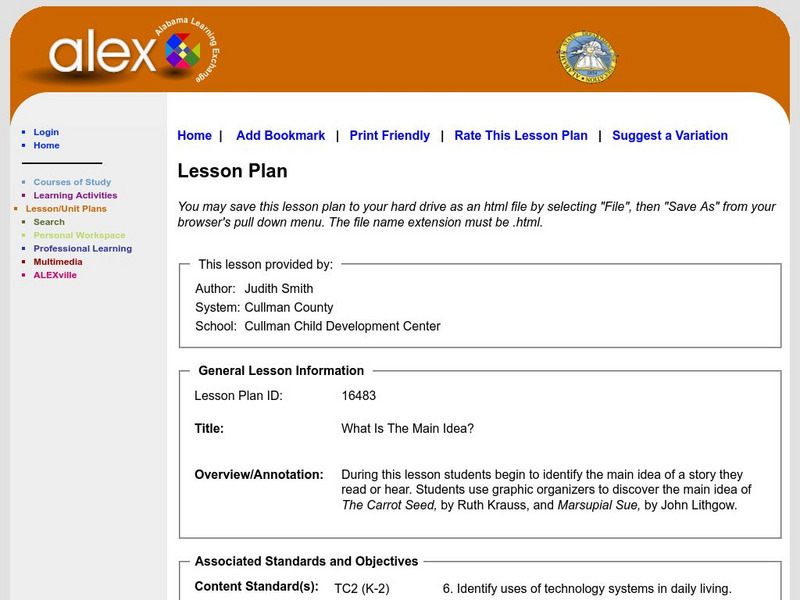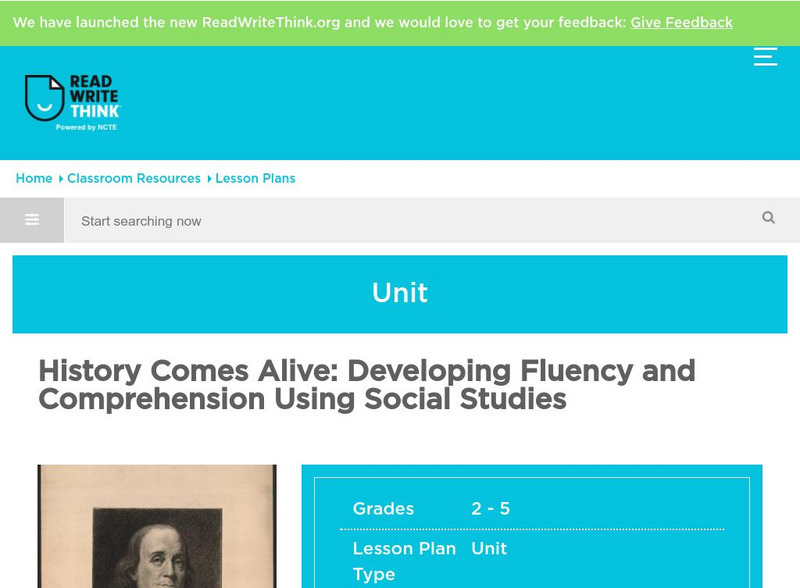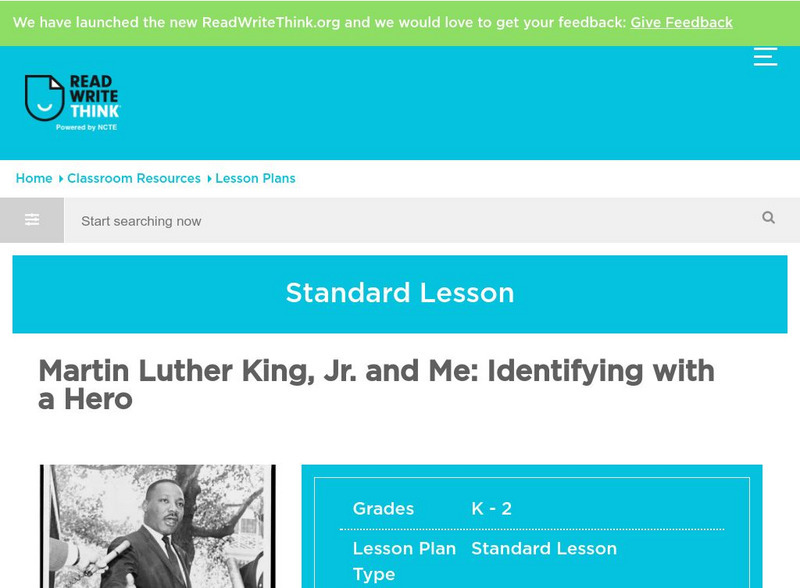Hi, what do you want to do?
Learning Farm
Learning Farm: Explaining Relationships
An interactive activity that practices determining relationships between events and concepts.
Learning Farm
Learning Farm: Ccs: Time, Sequence, and Cause/effect
An automated lesson will engage student's learning how to describe the connection between a series of historical events, scientific ideas or concepts, or steps in technical procedures in a text. An introduction to the concept precedes a...
Other
Educeri: Compare & Contrast the Overall Structure in Two or More Texts [Pdf]
A 10-page handout that explains clearly what text structure is and four different types, with accompanying examples. Different types are then presented along with two pieces of informational text and a modeled analysis, then two other...
Better Lesson
Better Lesson: Generally Speaking, Generalizations Can Generally Be Confusing
In this lesson, 5th graders learn how to identify a generalization in a text so that they can then spot lies or inaccuracies. Includes downloadable workbook with a generalization activity on page 53.
Better Lesson
Better Lesson: The True Story of Christopher Columbus
In this lesson, 5th graders analyze two nonfiction passages on Christopher Columbus to determine facts and author's bias and its influence on the readers.
E Reading Worksheets
E Reading Worksheets: Text Structure Activities
Numerous links related to analyzing text structures are provided on this site. Lesson plans, PowerPoint slides, graphic organizers, rubrics, and quizzes related to text structures are also provided to support students while analyzing...
Other
Smekens: Integrate Information Across Diverse Media Formats
Read about strategies to help students integrate information across diverse media formats. Includes video. [4:18]
ReadWriteThink
Read Write Think: Creating Magazine Covers to Summarize Texts
In this lesson, students will examine the ways in which a magazine cover's headlines and graphics express the main ideas of its articles. They will then use an interactive tool to create covers that summarize chapters of informational...
Other
Kim's Korner: Patterns of Organization
This resource from Kim's Korner for Teacher Talk defines various patterns of text organization and provides a brief essay example of each pattern.
Florida Center for Reading Research
Florida Center for Reading Research: Expository Text Structure: Main Idea Mania
A lesson plan in which students read a text and record the main ideas and supporting details on one of the graphic organizers provided. Materials are included. [PDF]
Florida Center for Reading Research
Florida Center for Reading Research: Keys to the Main Idea [Pdf]
A lesson plan in which students read a text a complete a graphic organizer to identify the main ideas and supporting details. Materials are included.
Florida Center for Reading Research
Florida Center for Reading Research: Expository Text Structure: Book Look [Pdf]
A lesson plan in which learners look through a book to identify text features and complete a graphic organizer. Materials are included.
Alabama Learning Exchange
Alex: What Is the Main Idea?
During this instructional activity learners begin to identify the main idea of a story they read or hear. Students use graphic organizers to discover the main idea of The Carrot Seed, by Ruth Krauss, and Marsupial Sue, by John Lithgow.
Read Works
Read Works: Vocabulary in Context Kindergarten Unit: Using Sound and Picture Cues
[Free Registration/Login Required] Lesson uses Growing Vegetable Soup by Lois Ehlert to teach students to use picture cues and initial word sounds to identify unknown words. Ideas for direct teaching, guided practice, and independent...
Curated OER
Mc Graw Hill: Key Ideas and Details: Retell Stories
Read a passage to discover how to retell a story then practice what you've learned.
Other
Photos of Rhode Island
This site provides many pictures of turn-of-the-century Newport, Rhode Island and a brief description of each.
ReadWriteThink
Read Write Think: History Comes Alive: Developing Fluency and Comprehension
Let the power of imagination and inference serve as a "time machine" to bring Benjamin Franklin into the classroom! History and science come to life in a dialogue with Franklin the inventor, developed through lesson activities that...
ReadWriteThink
Read Write Think: m.l. King, Jr.: Identifying With a Hero
Lesson that attempts to help younger students understand and identify with Martin Luther King, Jr. through reading, writing, listening, and speaking activities. Encourages students to attempt to live out King's "Dream," in their own lives.
ReadWriteThink
Read Write Think: Book Sorting: Using Observation and Comprehension
Critical thinking, comprehension and analysis skills are the focus of this physical activity. Good beginning to teaching different ways of looking at things.
Curated OER
Mc Graw Hill: Part 2 Reading: Informational Text: How Reasons Support Key Points
Get an example of how to identify an author's main idea in a text on this site. Also, learn how to recognize supporting ideas to main ideas presented in a text. CCSS.ELA-Literacy.CCRA.R.2
Other
Nsw Dept. Of Ed.: "One World" [Pdf]
Reading unit plan about endangered animals from the New South Wales, Australia, Department of Education and Training entitled "One World" (Forty-four page PDF file). It contains ten days worth of teaching suggestions that use a variety...
McGraw Hill
Mc Graw Hill: Informational Text: Determine Meaning of Words and Phrases
Read about six different ways to determine the meaning of unknown words and phrases, and follow the links to get more information on each way. Includes practice worksheets. CCSS.ELA-Literacy.CCRA.R.4
Read Works
Read Works: Wild Weather
[Free Registration/Login Required] Students read about different types of March weather including: clouds, blizzards, thunder, lightning, and rainbows. A question sheet is available to help students build skills in cause and effect.
Read Works
Read Works: Starting Over
[Free Registration/Login Required] Students read about rebuilding after a disaster. A question sheet is available to help students build skills in comparing and contrasting.






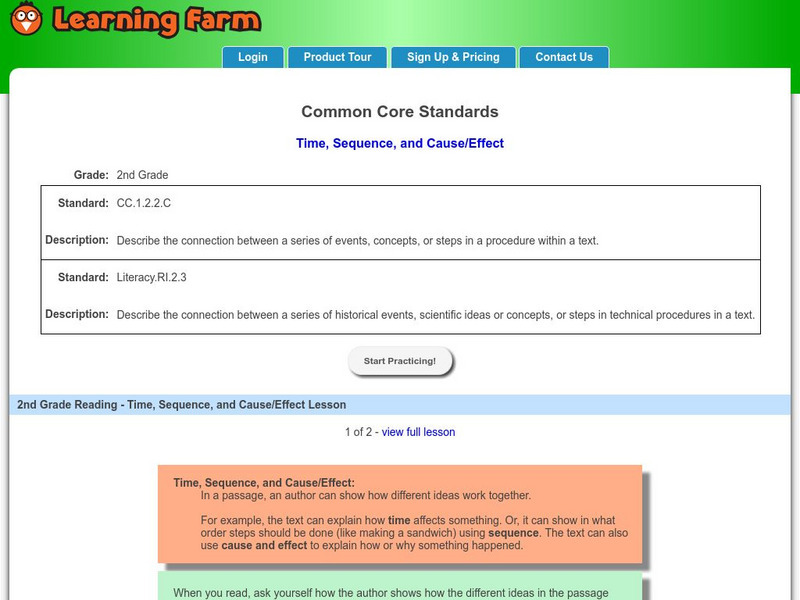
![Educeri: Compare & Contrast the Overall Structure in Two or More Texts [Pdf] Activity Educeri: Compare & Contrast the Overall Structure in Two or More Texts [Pdf] Activity](https://static.lp.lexp.cloud/images/attachment_defaults/resource/large/FPO-knovation.png)


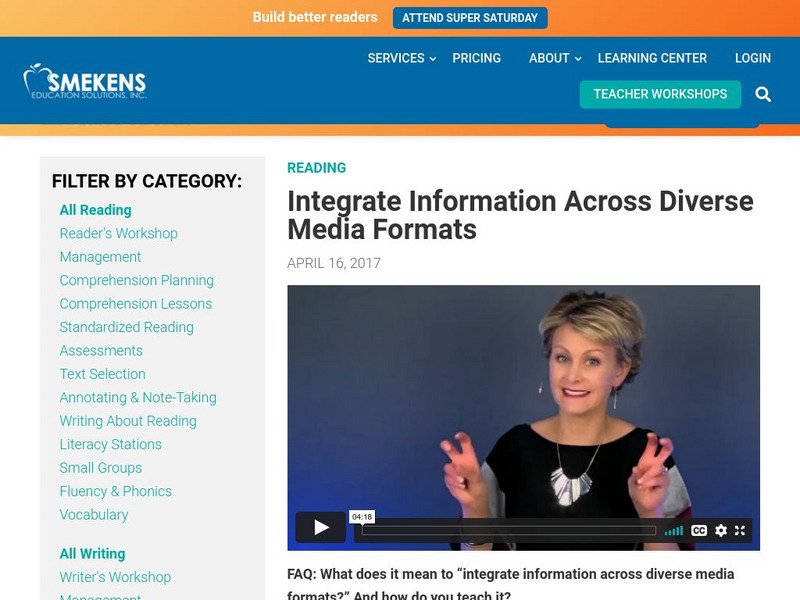
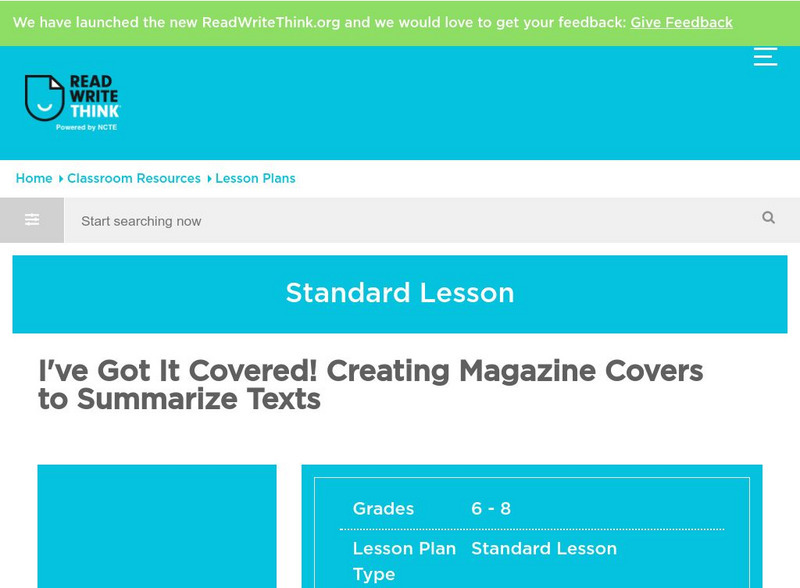
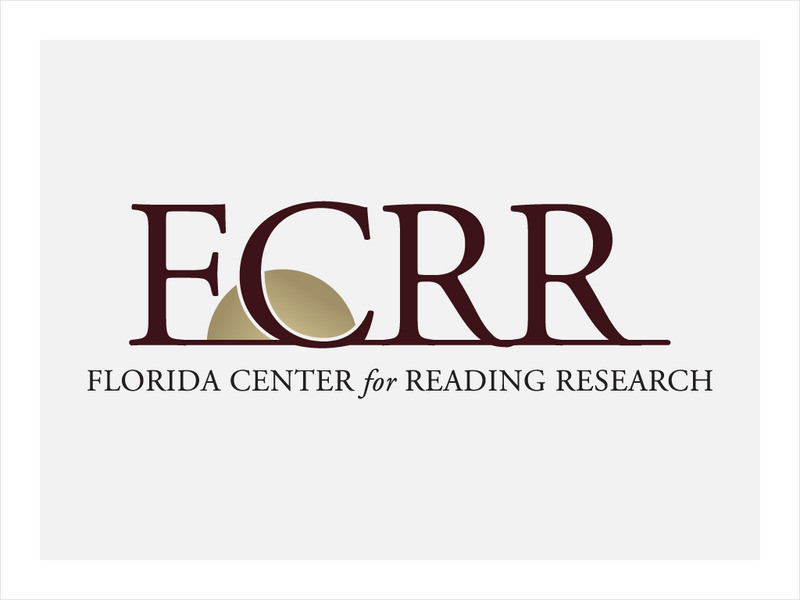
![Florida Center for Reading Research: Keys to the Main Idea [Pdf] Lesson Plan Florida Center for Reading Research: Keys to the Main Idea [Pdf] Lesson Plan](https://content.lessonplanet.com/knovation/original/509117-6a7deb78ba7b4449647dd19113c6a0f8.jpg?1661786946)
![Florida Center for Reading Research: Expository Text Structure: Book Look [Pdf] Lesson Plan Florida Center for Reading Research: Expository Text Structure: Book Look [Pdf] Lesson Plan](https://content.lessonplanet.com/knovation/original/509120-2284420fedcb16b27a3acf9ff66e58cc.jpg?1661786942)
